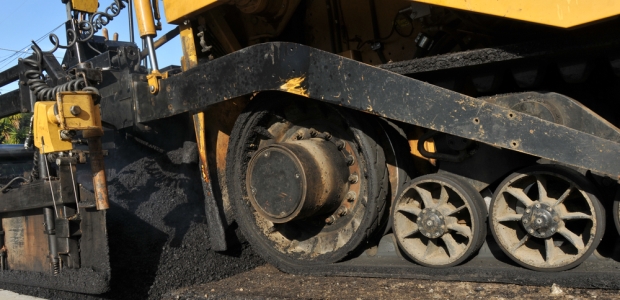
Australia Updating Chemical Exposure Standards
Safe Work Australia has asked stakeholders to submit comments by Dec. 18 about the existing standards for airborne exposures. Most were adopted from ACGIH standards in the 1980s and have never been updated.
Safe Work Australia recently asked its stakeholders to submit comments by Dec. 18 about the country's existing standards for workers' airborne exposures to hazardous chemicals. There are 644 such standards, most of which were adopted from ACGIH standards in the 1980s; only about 80 have been updated since that time.
Safe Work Australia Chief Executive Officer Michelle Baxter has asked interested parties -- workers who use or handle chemicals in their daily jobs; businesses that use, store, handle, or generate hazardous chemicals; occupational hygienists and safety practitioners; medical practitioners and occupational physicians who monitor workers' health; regulators; academics and toxicologists; and unions and industry groups -- to express their views about the standards by the deadline.
"Safe Work Australia is holding the public consultation process to examine the role of workplace exposure standards and how they could be reviewed and maintained," she said. "All interested parties are encouraged to express their views about exposure standards by making a submission in response to 'The Role of Chemical Exposure Standards in Work Health and Safety Laws: Discussion Paper.' This is an excellent opportunity for workers and businesses using, storing, handling, and generating hazardous chemicals, and any other interested stakeholders, to comment. We want to hear your thoughts on the use of exposure standards, the impacts of compliance, their role in the regulatory framework and how they can best be reviewed and maintained."
Stakeholders can submit comments at this website.
Among the questions the agency is asking are these:
- Do you use exposure standards in your workplace? If so, how?
- Do you meet exposure standards or seek to minimize chemical exposures further?
- How much does ensuring compliance with exposure standards cost your business (including air monitoring costs)?
- Are you aware of other exposure or advisory standards in Australia or overseas (e.g., developed by international bodies or companies)? Do you use them?
- Should Australia's exposure standards be health-based or pragmatic? Why?
- Should exposure standards be mandatory or advisory?
- If exposure standards became advisory, would this change the way you approach the management of risks?
- Do you support mandating a smaller number of exposure standards and keeping them up to date?
- Do you have any views on how to prioritize which chemicals should have a mandatory exposure standard?
- What process should be used to review and keep exposure standards up to date?